Did you know that there are plants that produce oxygen at night? Not only can they do amazing things during the day, but our green indoor friends are even helping us while we sleep! Indoor plants help filter the air and clean our space, and having oxygen-producing plants that can carry out that process at night will be beneficial for your environment.
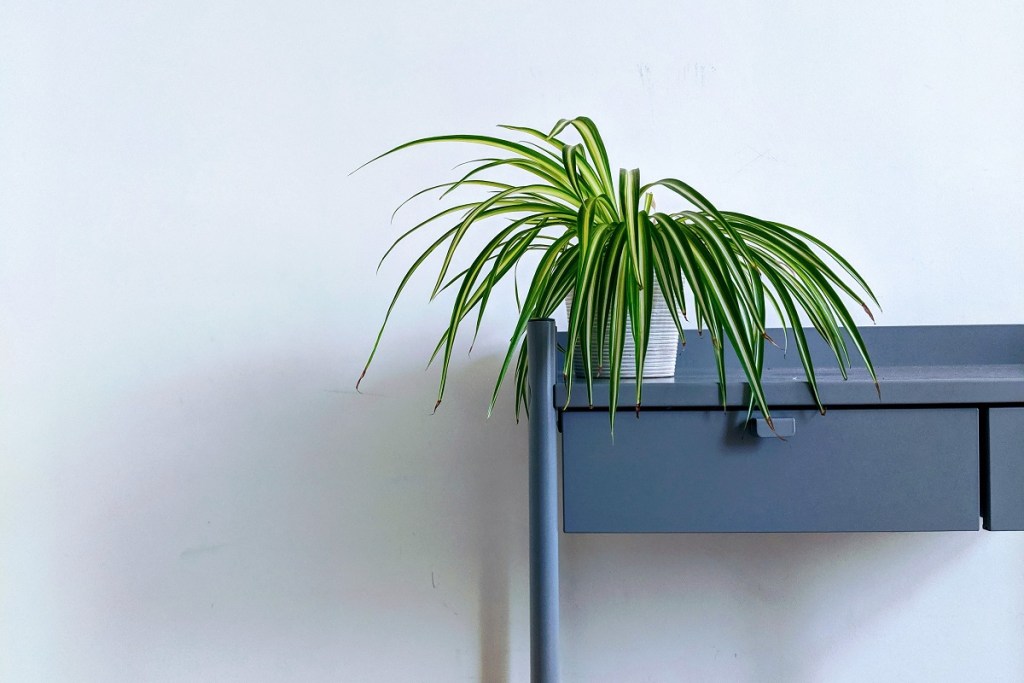
Spider plants
Spider plants will bring more oxygen into your home while filtering out carbon monoxide! This is a great plant variety if you’re looking for a collection that produces oxygen at night. It’s a relatively durable plant and very easy to take care of, even without much growing experience. Spider plants just need indirect lighting throughout the day and should be planted in a pot with good drainage.
Under the right conditions, spider plants will also grow runners that produce small white flowers and spider plant pups. You can choose to leave them be or cut them off to keep the parent plant from expending energy; however, if you want more spider plants, the pups are perfect for propagation! Wait until they begin to grow some roots, then pot them either separated or while still attached to the parent plant.
Varieties to check out: Variegated spider plant, zebra spider plant, Hawaiian spider plant
General care tips: Prefers bright indirect light, weekly feedings, and humid conditions

Pothos varieties
Pothos plants are another hardy indoor foliage plant for those who may not have a lot of experience. Like spider plants, they prefer an environment that’s bright with indirect lighting, and they will survive in low-light areas (although they just won’t grow as fast). Your pothos should be watered regularly, but be sure not to water until at least the top of soil is dry.
Pothos will help filter formaldehyde from the air and increase the oxygen levels in your home overnight as well as during the day. This trailing vine plant is great in a pot on the shelf or in a hanging basket!
Varieties to check out: Golden pothos, neon pothos, jade pothos
General care tips: Feed with a mild diluted fertilizer throughout the growing season, give it plenty of bright indirect light, and let the soil dry out between waterings

Philodendrons
Philodendrons also help reduce the formaldehyde levels in the air while creating oxygen. They’re fairly easy to grow and take care of. Philodendrons can be kept in different types of lighting, but bright indirect light is always safest since this plant doesn’t like to get too hot. There are also plenty of varieties to choose from, so you can always pick the one you like! As far as watering goes, philodendrons can also tolerate being dried out in between waterings.
Varieties to check out: Philodendron brasil, philodendron micans, philodendron Xanadu
General care tips: Likes warm temperatures, bright indirect light, and drying out in between waterings
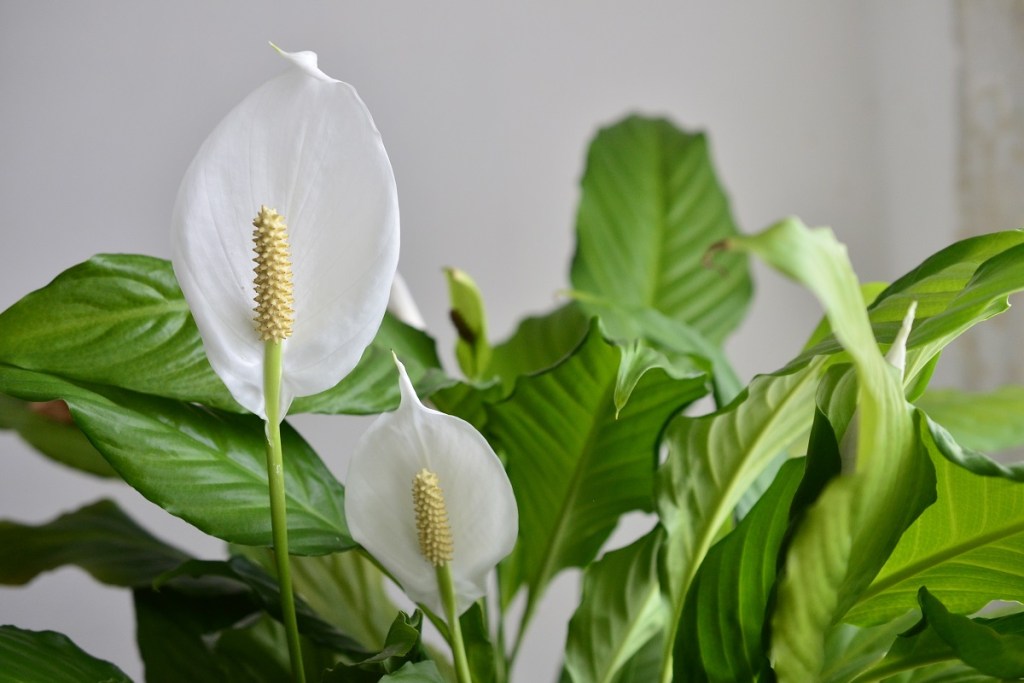
Peace lilies
Peace lilies not only produce oxygen at night but also have beautiful blooms that you can enjoy during the day! Their white blooms contrast against their darker leaves, though they may only bloom once per year. Peace lilies do best in bright indirect light and will start to droop a bit when they need water.
In addition to producing oxygen, these flowers remove a variety of harmful things from the air, including formaldehyde, benzene, xylene, and toluene. Peace lilies will bring a bit of elegance into your space while helping improve your air quality.
Varieties to check out: Sensation peace lily, domino peace lily, piccolino peace lily
General care tips: Likes bright indirect light and consistently moist soil
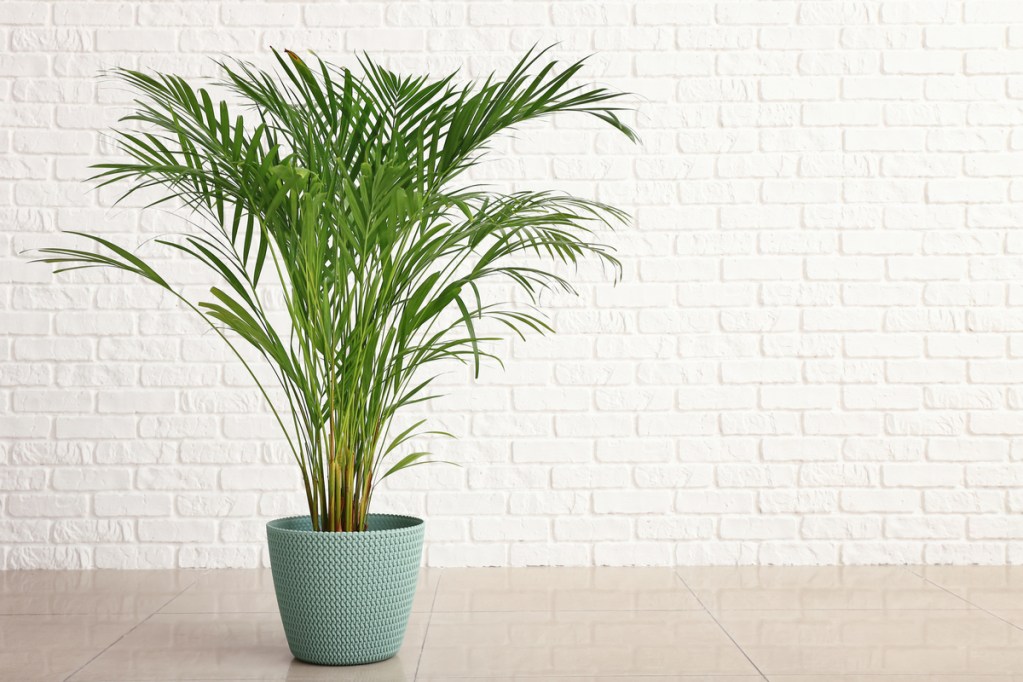
Areca palms
Areca palms are native to thick tropical forests, so they do fairly fine in lower light areas but will require a bit more humidity. They have the ability to produce oxygen at night, but they also remove formaldehyde and benzene from the air. Overall, they do very well at helping to improve the air quality in your home and can be especially beneficial for those who suffer from sinus problems or other breathing issues.
Varieties to check out: Triangle palm, sugarcane palm
General care tips: Prefers well-draining, moist soil and fertilizer during the growing season
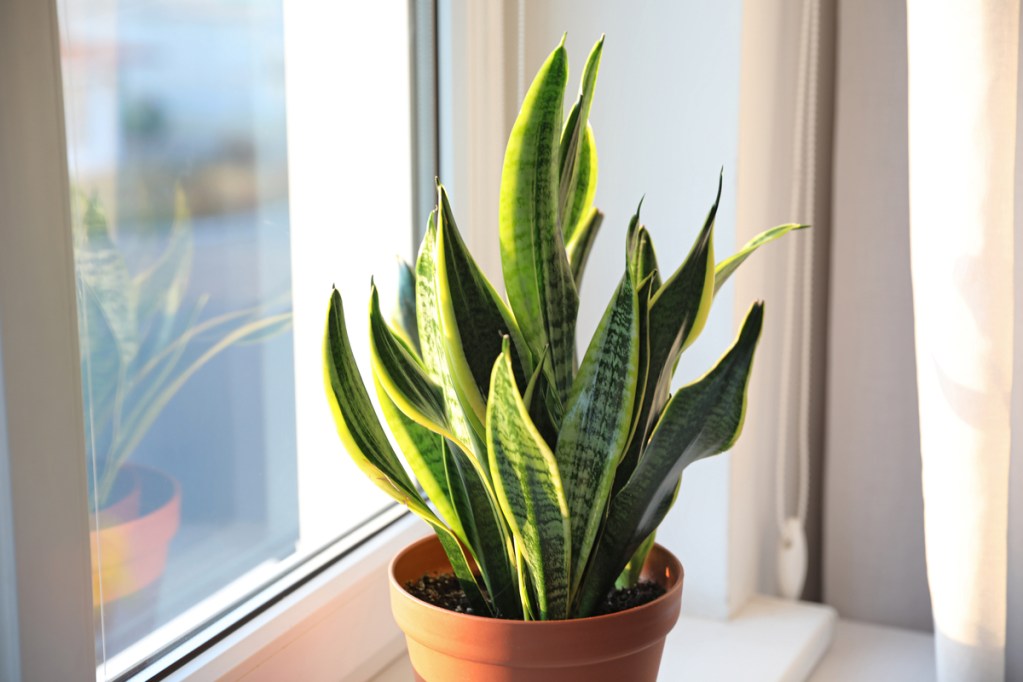
Snake plants
Snake plants are more or less ubiquitous staples on most beginner-friendly plant lists. These easy-going plants add structure and height to your space while demanding very little maintenance. Coming from West African deserts, they can truly thrive in rocky soil without much watering needed. Snake plants aren’t heavy feeders, but they can certainly benefit from occasional (even as little as biannual) fertilizing with an all-purpose fertilizer in the growing season.
Formaldehyde and benzene are some of the potential toxins that snake plants can help remove. Since snake plants are so easy to care for, you can even set them in your bedroom to enjoy fresh air without worrying too much about spilled soil, pesky pests, or pooling water.
Varieties to check out: Black gold snake plant, twisted sister snake plant, cylindrical snake plant
General care tips: Prefers drying out in between waterings and will tolerate most lighting levels
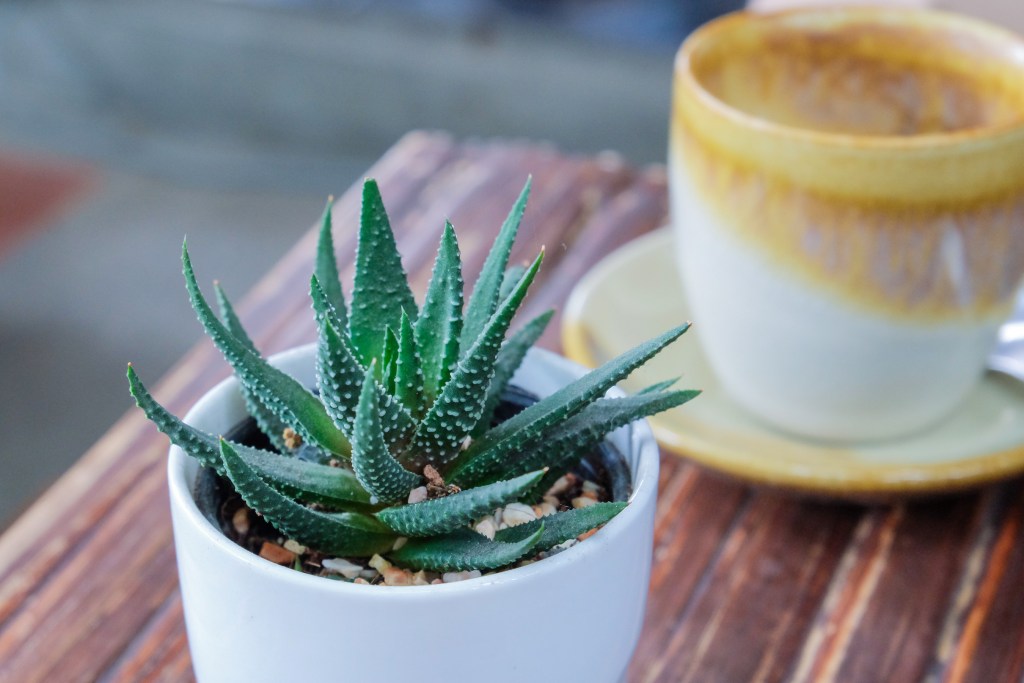
Aloe plants
Not only do aloe plants have benefits for burns and other skin problems, they also release oxygen at night and filter out formaldehyde and benzene to help improve the air. Because the aloe is a member of the succulent family, it doesn’t need to be watered as often as other houseplants. A general rule of thumb is to water at most once every two weeks; however, keep in mind that this can fluctuate, so you should water whenever the top inch or two of the soil is dry.
When watering your aloe, you’ll want to follow the soak and dry method. Each time the plant needs water, soak the soil until it starts to drip out the bottom. Then wait to water again until the top part of the soil is dry. Aloe plants should be kept in a sunny spot, like a windowsill, and prefer to be in a drier space.
Varieties to check out: Lace aloe, short-leafed aloe, golden toothed aloe
General care tips: Prefers drying out in between waterings and bright light
Even individually, each of these plants will help improve the air quality in your home. If your space allows, consider collecting all of them to brighten and purify your home!



